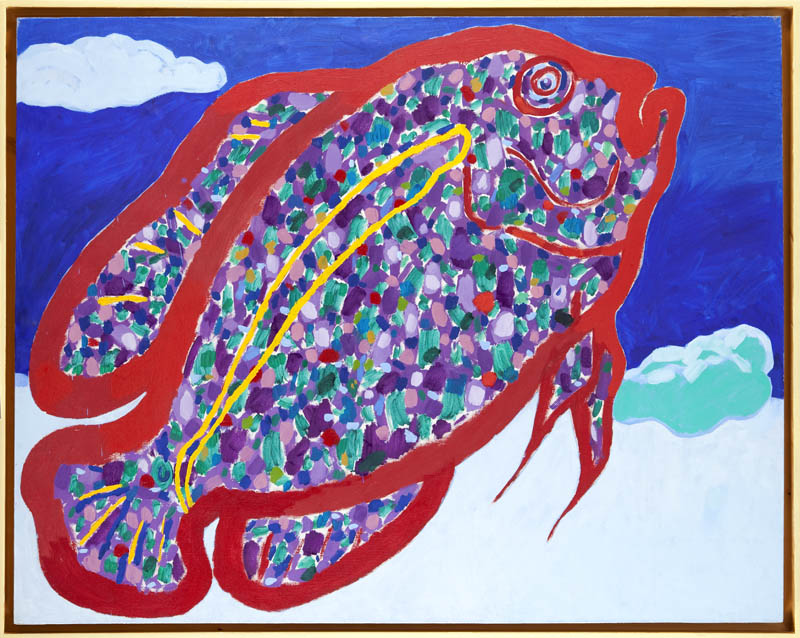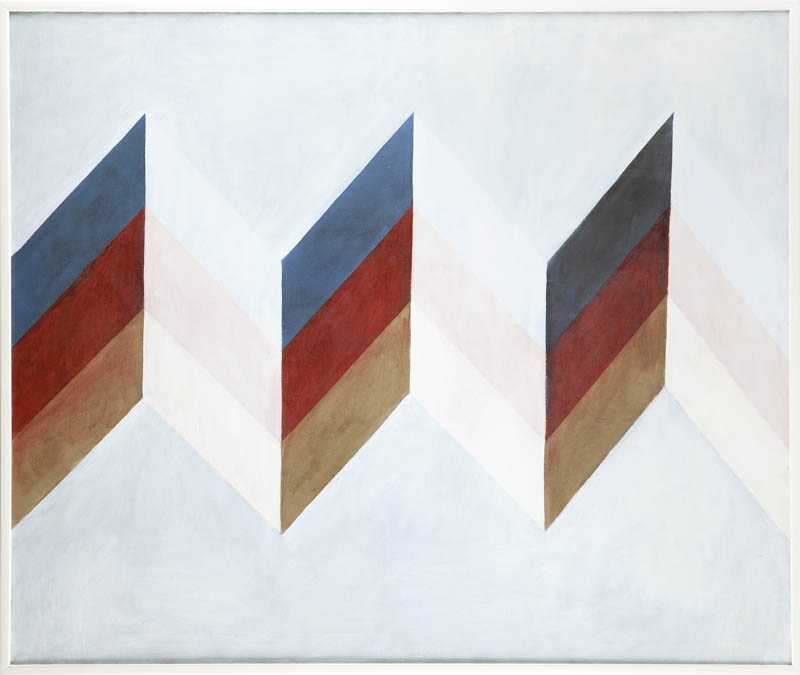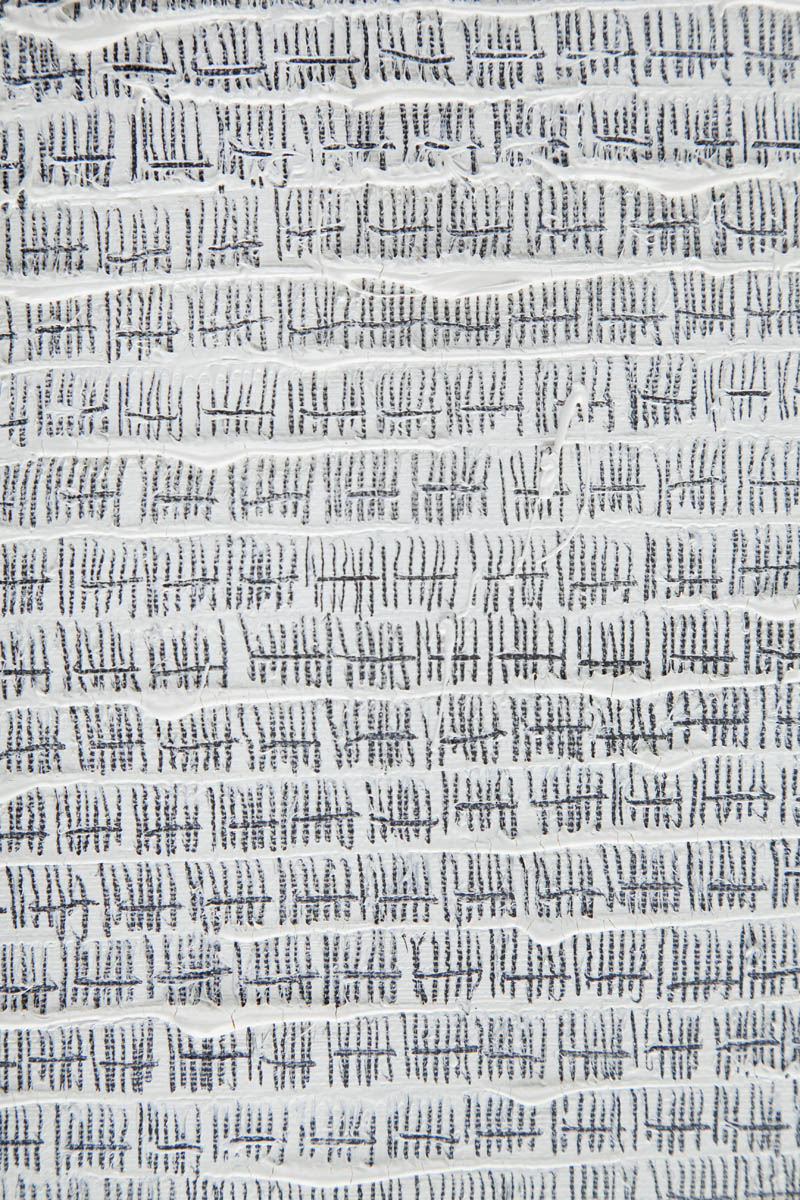Scale of the impact on the natural environment
The nature of the business activity means that the Bank’s and Group’s direct impact on the natural environment is marginal. Fundusz Merkury – fiz [the Mercury Fund – closed-ended investment fund] identified the risk of environmental contamination as significant as a result of its property management activity. The object of the Mercury Fund’s activity is the investment of money collected through a non-public offering of purchase of investment certificates. The fund is managed by PKO TFI SA and conducts investment activities through subsidiaries, which buy and sell real property to their own account, as well as property management. Within the framework of the management of the above risk, properties are analysed for potential sources of pollution, tenants are checked with regard to their business and properties and equipment that may contribute to pollution are regularly inspected.
In 2017, none of the entities of the Group’s entities conducted a project that could significantly affect the environment. However, there was a failure in the heating installation in 2017 in one of the properties managed by the Mercury Fund. The failure resulted in a heating oil leak, even though the boiler installation, as well as the whole building underwent the inspections required by law and good practice. According to the preliminary analysis, the heating oil did not penetrate into the ground. The property manager took remedial action and secured the site. The failure in the boiler was repaired and the remnants of the oil were removed. In addition, an environmental and technical audit was commissioned, in order to independently check the causes of the failure and specify the steps to be taken to prevent similar events at this and other sites in the future.
Indicators
Energy consumption and production of waste at the Group, including at the Bank in 2016 and 2017
| GROUP | including the BANK | |||||
|---|---|---|---|---|---|---|
| 2016 | 2017 | 2017/2016 (% change) | 2016 | 2017 | 2017/2016 (% change) | |
| Energy consumption (boiler rooms, generators and vehicles) | ||||||
| gas (‘000 m3) | 2,045 | 1,885 | -8 | 1,821 | 1,689 | -7 |
| heating oil (m3) | 436 | 413 | -5 | 429 | 404 | -6 |
| coal (Mg) | 40 | 43 | 8 | 40 | 43 | 8 |
| fuel (‘000 l) | 3,871 | 3,957 | 2 | 2,667 | 2,683 | 1 |
| electricity (MWh) | - | - | - | 81,113 | 74,948 | -8 |
| Production of waste other than municipal waste (Mg) | 824 | 894 | 9 | 783 | 850 | 9 |
Apart from electricity consumption arising from the work of the offices / branches, energy consumption in the Group is related to the use of boiler rooms and electricity generators (consumption mainly by the Bank) and travelling with its own car fleet. In 2017, the consumption of natural gas declined by 8%, which is related to the sale of some of the properties heated with gas boilers. At the same time, the heating oil consumption declined (by 5%) despite an (insignificant) increase in the number of boiler rooms. The level of fuel consumption for vehicles has remained stable. Although diesel fuel consumption increased at the Bank, but its level was several times smaller than in the case of petrol – less harmful to the environment, because it contains lower concentrations of harmful gases than diesel fuel.
In line with the principles of vehicle management at the Bank, the ability to lease cars was extended in 2017 to include hybrid cars, which will be conducive to improving the composition of the fuel consumed.
Electricity consumption declined by 8% at the Bank in 2017, which was mainly due to the reduction in the number of properties and weather factors (“cool” summer generating a lower demand for air-conditioning of premises).
The main place for generating non-municipal waste is the Bank. The increase in its volume in 2017 arose from the liquidation of unnecessary equipment, including the process of emptying vacant possessions and holiday centres, as well as the modernization or liquidation of branches. The Bank entrusts the task of recycling or neutralizing non-municipal waste to specialist companies.
In terms of municipal waste, selective collection was conducted in four of the Group’s companies. The Bank conducts selective collection of waste in some branches.
In 2017, no administrative proceedings related to a breach of the environmental regulations have ever been conducted with respect to any of the Group’s entities (including the Bank).
Agreements with contractors of the Group’s entities (including the Bank) do not contain clauses explicitly referring to respect for the natural environment. However, according to the enquiry of every entity of the Group, by joining the purchasing procedure, the suppliers state, among other things, that they “... care for the natural environment and its resources, including complying with the law in this respect and have clearly defined and written objectives to minimize the negative impact on the environment and monitoring progress in their pursuit.”
One company leases space in a building that has received a BREEAM certificate.








